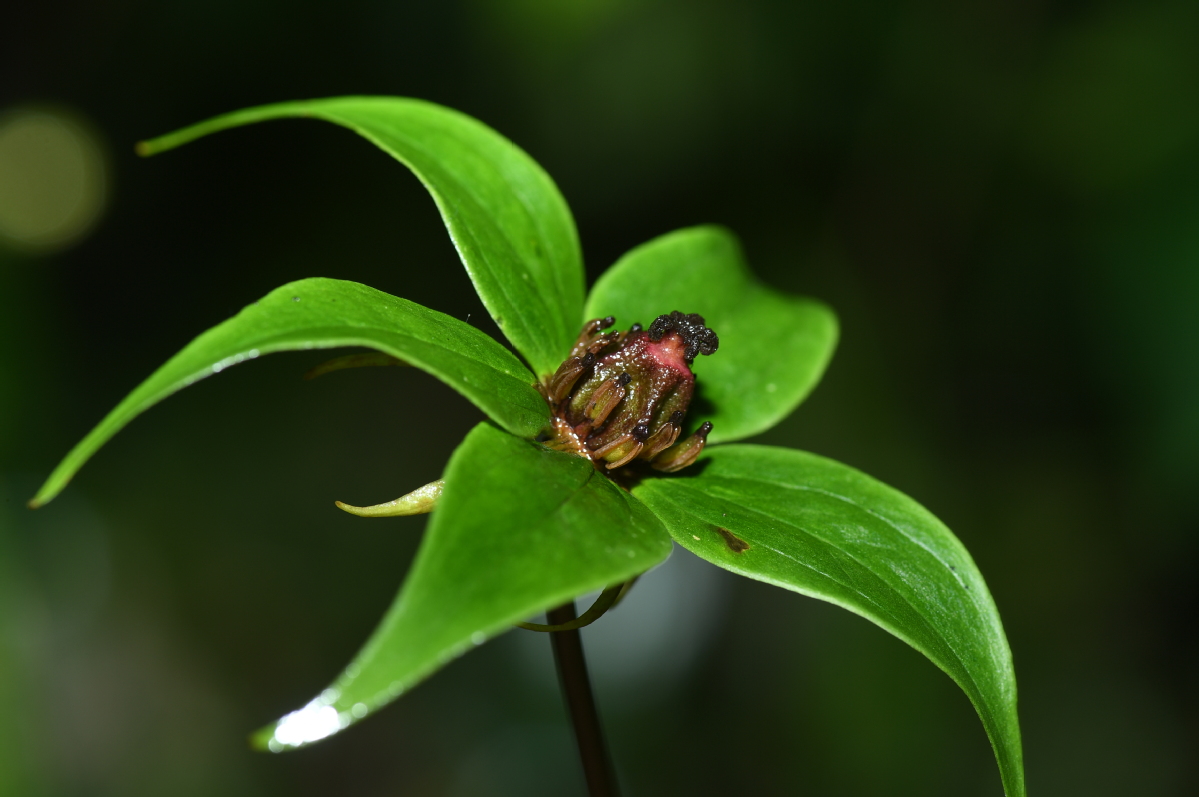
Another 268 plants have been added to China’s List of Wild Plants under State Priority Conservation, highlighting the central authorities’ resolve to protect the country’s biodiversity.
The list, released by the National Forestry and Grassland Administration and the Ministry of Agriculture and Rural Affairs on Wednesday, now covers 455 wild plants.
Fifty-four species, including Pinus squamata (Qiaojia pine) and Taxus, are under top-level protection, with the other 401, including Fritillaria and Danxiaorchis (Danxia orchid), under second-level protection.
The update is the first major revision to the list since its release in 1999, the administration said.
It said 35 species have been removed from the list, mostly due to stable population growth and expanded distribution thanks to conservation efforts.
“However, some species are still under threat from human activities such as environmental pollution and overuse,” the administration said in a notice. “The revision of the list was urgently needed.”
The major revision demonstrates the central government’s great determination to protect wildlife and build an eco-friendly country, said Jin Xiaohua, a researcher from the Chinese Academy of Sciences’ Institute of Botany.
“The list will play a crucial role in saving valuable and endangered wild species,” he said.
“It will also benefit the country’s biological diversity and the balance of ecosystems.”
The new list upgrades five plants from second-level protection to top-level protection: Pinus dabeshanensis (Dabieshan white pine), Pinus wangii, Firmiana kwangsiensis, Vatica guangxiensis and Gleditsia japonica.
Many of the 268 newly added species belong to the lily, orchid, rice and grass families. Twenty-one of the new species are under top-level protection, with the rest under second-level protection.
For some species, such as orchids, inclusion on the list could provide “lifesaving” support.
“Some orchids, especially those with outstanding appearances or medical function, are critically endangered due to illegal gathering and trade,” said Zhang Shibao, a researcher from CAS’ Kunming Institute of Botany.
“To them, this list is really a matter of life or death.”
Zhang said orchids comprise one of the largest and oldest families of flowering plants, with about 28,000 species around the world.
All the species in the orchid family are under the protection of the Convention on International Trade in Endangered Species of Wild Fauna and Flora.
“Orchids have very important values for observation, medical use and the study of ecology, and should have been well protected,” Zhang said.
The notice said local forestry and agriculture departments will conduct surveys and devise tailored conservation plans based on the list.
They will also strengthen law enforcement to crack down on the illegal harvesting or trading of protected plants, promote public education and enhance people’s awareness of wildlife conservation
a announced its amended national list of protected wild plants on Wednesday. There are 455 species of wild plants on the new list, including 54 first-class and 401 second-class protected plants, according to National Forestry and Grassland Administration and Ministry of Agriculture and Rural Affairs.
The new list has three major differences compared with the list published in 1999.
Firstly, the protection level of 18 wild plants has been changed. Vatica guangxiensis and four other plants have been upgraded to first-class protected plants, while 13 first-class protected plants have been downgraded to second-class.
Secondly, 268 wild plants have been added to the new list, such as most types of Venus slippers and some wild plants in genera Tulipa, Cymbidium and Oryza.
Thirdly, 35 wild plants have been removed from the list due to their broad distribution, large population and stable conditions.
China is home to over 36,000 embryophyte, and nearly 50 percent of them are endemic species. The amended list aims to better save endangered wild plants and preserve biodiversity in China.
Source: China Daily , 9 Sept 2021